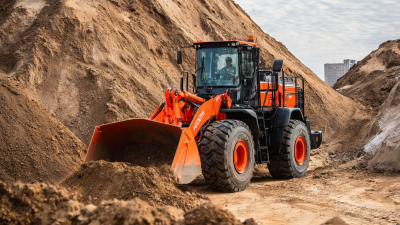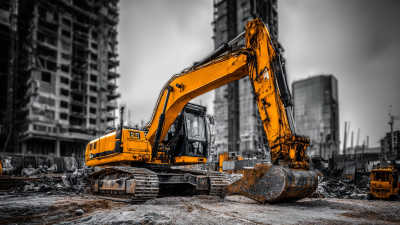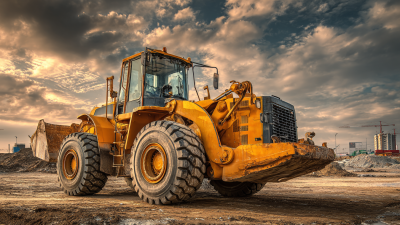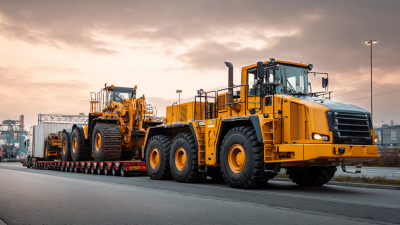Leave Your Message
-
Phone
-
E-mail
-
Whatsapp
The construction industry in China is poised for significant growth, driven in part by the increasing utilization of Local Excavators, as showcased at the upcoming 2025 China Import and Export Fair. According to a recent report from the China Construction Machinery Association, the demand for excavators is expected to rise by 15% annually, reflecting the ongoing urbanization and infrastructure development across the nation. Local Excavators play a critical role in this evolution, providing cost-effective and efficient solutions for various construction projects. Their impact extends beyond mere productivity; they contribute to local economies by supporting job creation and enhancing technological innovation. As the Fair approaches, it will serve as a vital platform for manufacturers to showcase advancements in excavator technology and their applications, further solidifying their importance in fostering construction growth trends in China.
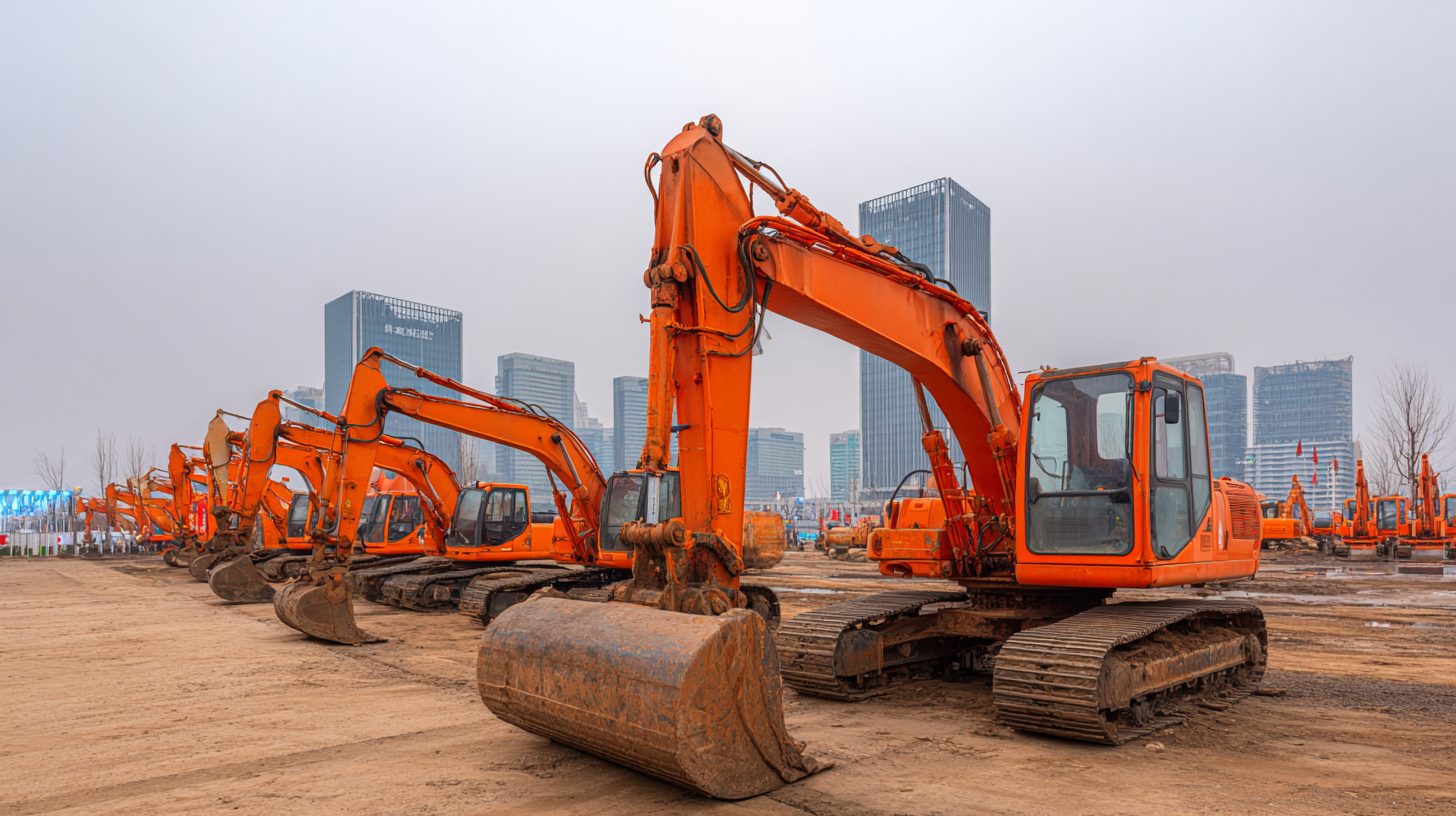
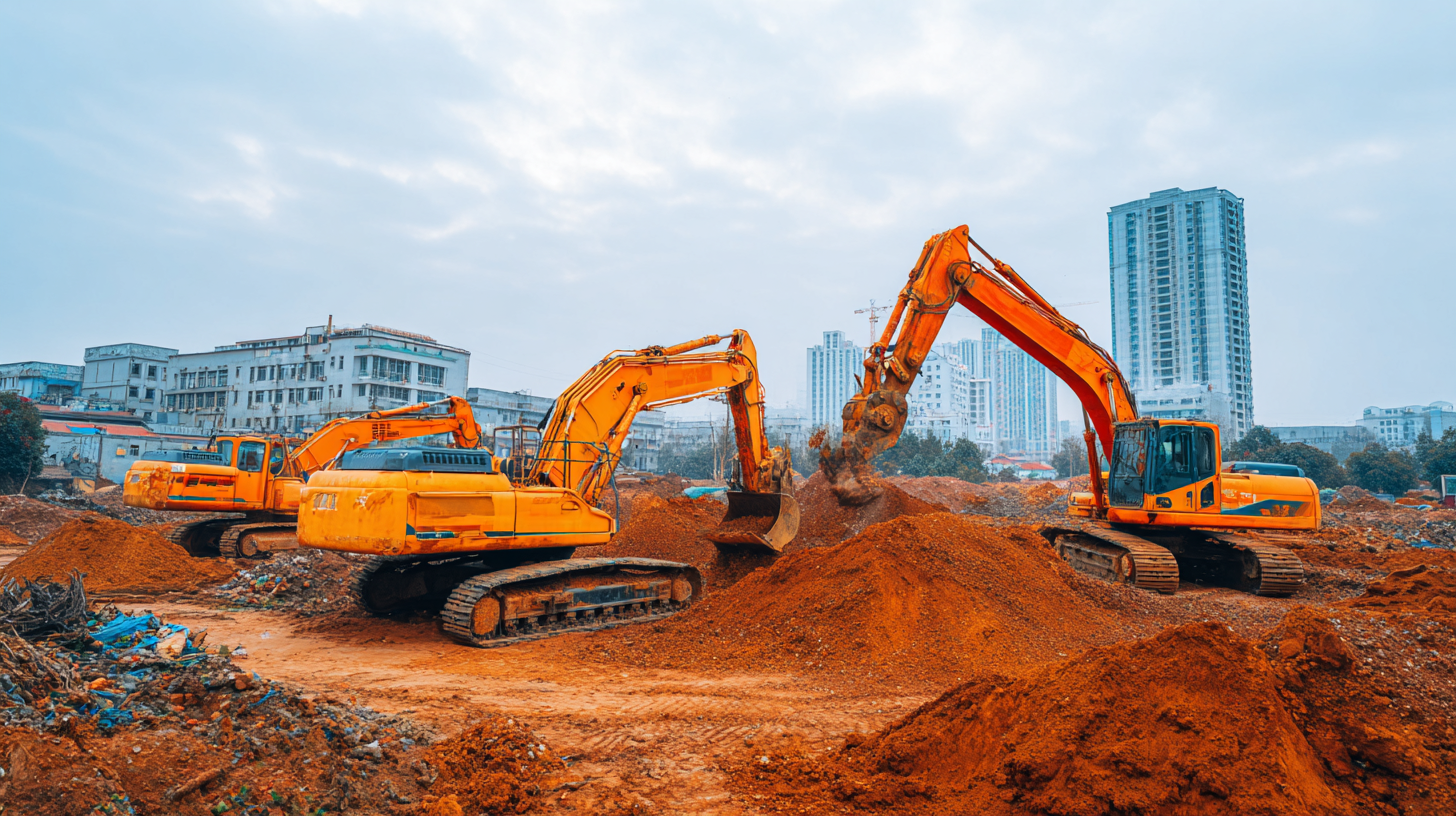 Local excavators play a crucial role in enhancing construction efficiency, especially during large-scale events like the 2025 China Import and Export Fair. These machines not only expedite earthmoving tasks but also optimize resources, enabling contractors to meet tight deadlines while maintaining quality. The integration of advanced technologies in local excavators allows for greater precision in operations, leading to reduced material wastage and improved project timelines.
Local excavators play a crucial role in enhancing construction efficiency, especially during large-scale events like the 2025 China Import and Export Fair. These machines not only expedite earthmoving tasks but also optimize resources, enabling contractors to meet tight deadlines while maintaining quality. The integration of advanced technologies in local excavators allows for greater precision in operations, leading to reduced material wastage and improved project timelines.
Tips: When utilizing local excavators, ensure that operators are well-trained to maximize their potential. Regular maintenance checks can also enhance the durability and performance of the machinery, preventing unexpected breakdowns during critical construction phases.
Moreover, the presence of local excavators fosters a competitive environment among construction firms, pushing them to enhance their methodologies. This competition not only benefits individual projects but also contributes to the overall growth trends in construction, as firms continuously seek innovative approaches to streamline their processes and improve outcomes at the fair.
The construction sector in China has witnessed remarkable growth over the years, significantly influenced by the increasing use of local excavators. These machines not only enhance the efficiency of construction projects but also contribute to cost-effectiveness, making them a pivotal tool in shaping growth trends. As showcased at the 2025 China Import and Export Fair, local excavators are essential in meeting the demands of modern infrastructure development, pushing boundaries toward innovative building practices.
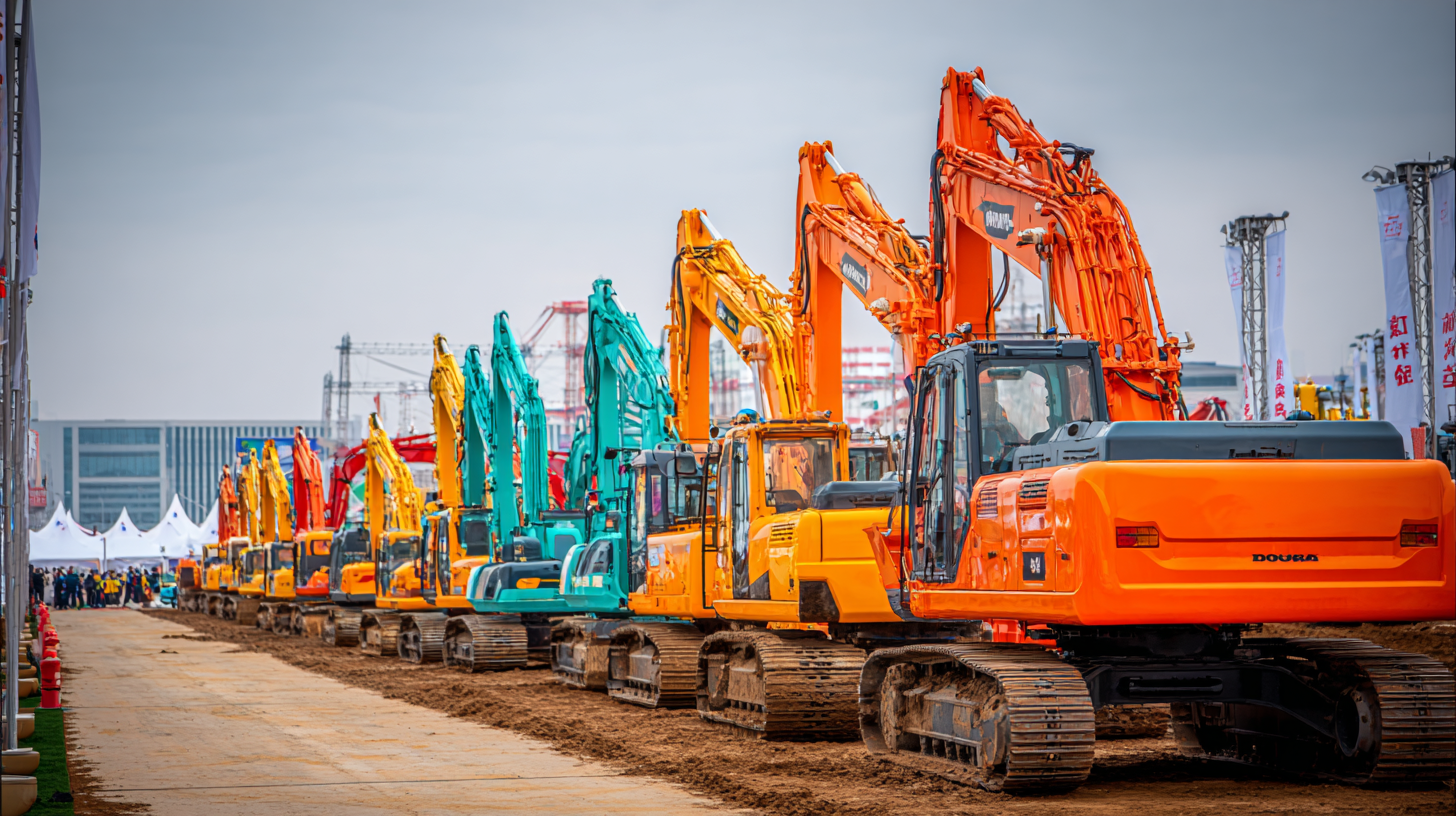
Tips for leveraging local excavators effectively include investing in operator training. Ensuring that workers are proficient in using these machines can significantly boost productivity and safety on site. Moreover, regular maintenance of excavators is crucial to minimize downtime and extend the lifespan of the equipment. Companies should also explore partnerships with local manufacturers to acquire advanced models that align with the latest construction technologies, enhancing their competitive edge in the market.
The impact of local excavators extends beyond immediate project execution. Their integration into construction practices promotes sustainability by optimizing resource use and reducing waste. This trend demonstrates a shift in the industry toward more responsible construction methods, setting a standard for future projects and challenges ahead. As local excavators continue to play a transformative role, the construction sector will likely evolve to embrace even more sophisticated and environmentally friendly practices.
The 2025 China Import and Export Fair showcased the significant role of local excavators in driving construction growth trends. One case study highlights a local excavator manufacturer that increased its market share by 30% over the previous year. According to a report by the China Construction Machinery Association, the domestic demand for excavators is projected to grow by 5% annually, translating into increased production capabilities for these local firms. This growth has empowered manufacturers at the fair to not only showcase innovative technologies but also demonstrate their adaptability to market changes.
Another success story during the fair involved a local company that introduced a new line of environmentally friendly excavators. This innovation attracted considerable attention and potential partnerships, contributing to a reported 15% boost in potential export orders. Industry analysts note that the emphasis on sustainable construction practices is reshaping customer preferences, with a survey revealing that 70% of contractors now prioritize eco-friendly equipment. The local excavators' success at the fair underscores their critical role in evolving the construction landscape, as they align with global trends and respond to the increasing demands of environmental responsibility.
| Excavator Type | Market Growth (%) | Efficiency Improvement (%) | Cost Reduction (%) | Success Stories |
|---|---|---|---|---|
| Mini Excavator | 10 | 15 | 20 | Increased urban construction |
| Crawler Excavator | 15 | 20 | 25 | High-rise building projects |
| Backhoe Loader | 12 | 18 | 15 | Road construction advancements |
| Hydraulic Excavator | 18 | 25 | 30 | Mining sector improvements |
The rapidly evolving landscape of excavator technologies plays a pivotal role in influencing construction growth trends, particularly evident during major events like the 2025 China Import and Export Fair. Recent industry reports indicate that the global excavator market is projected to reach approximately $60 billion by 2025, with China contributing significantly to this growth due to its robust construction sector. Innovations such as electric and hybrid excavators are not only driving efficiency but also addressing environmental concerns in construction practices. According to the International Construction Equipment Report, the adoption of advanced technologies can enhance productivity by up to 30%, making these machines indispensable in contemporary construction projects.
A comparative analysis of different excavator technologies reveals distinct advantages; for instance, hydraulic excavators remain the most widely used due to their versatility and power. However, the rise of intelligent excavators equipped with AI and automation features is changing the game. These machines can optimize fuel consumption by nearly 20%, as noted in the Machinery Efficiency Study by the Construction Equipment Association. As the construction industry in China continues to expand, the integration of these sophisticated technologies will be crucial, shaping not only the operational efficiency of projects but also affecting overall construction growth trends showcased at international fairs.
The future of local excavators in China’s construction sector is poised for significant evolution as we approach the 2025 China Import and Export Fair. As highlighted by civil engineer Luo Kan, the construction industry faces various challenges and opportunities. With urban landscapes rapidly changing, local excavators are not just tools; they are integral to transforming the skyline of cities and improving infrastructure in remote areas. The integration of advanced technologies, such as AI and BIM, is enabling excavators to operate more efficiently, thus bolstering construction growth trends.
According to industry reports, while construction activity showed signs of recovery in early 2024 due to increased infrastructure and real estate projects, the overall demand still fell short of expectations. Local excavators are adapting to these fluctuations, enhancing their capabilities through technological advancements. This modernization is crucial as it allows them to meet evolving project requirements and optimize performance in various environmental conditions.
**Tips:**
Investing in new technologies can significantly improve the efficiency of local excavators. Additionally, staying updated with market trends will help contractors make informed decisions about equipment purchases. Lastly, training operators in advanced systems can enhance safety and productivity on construction sites.
